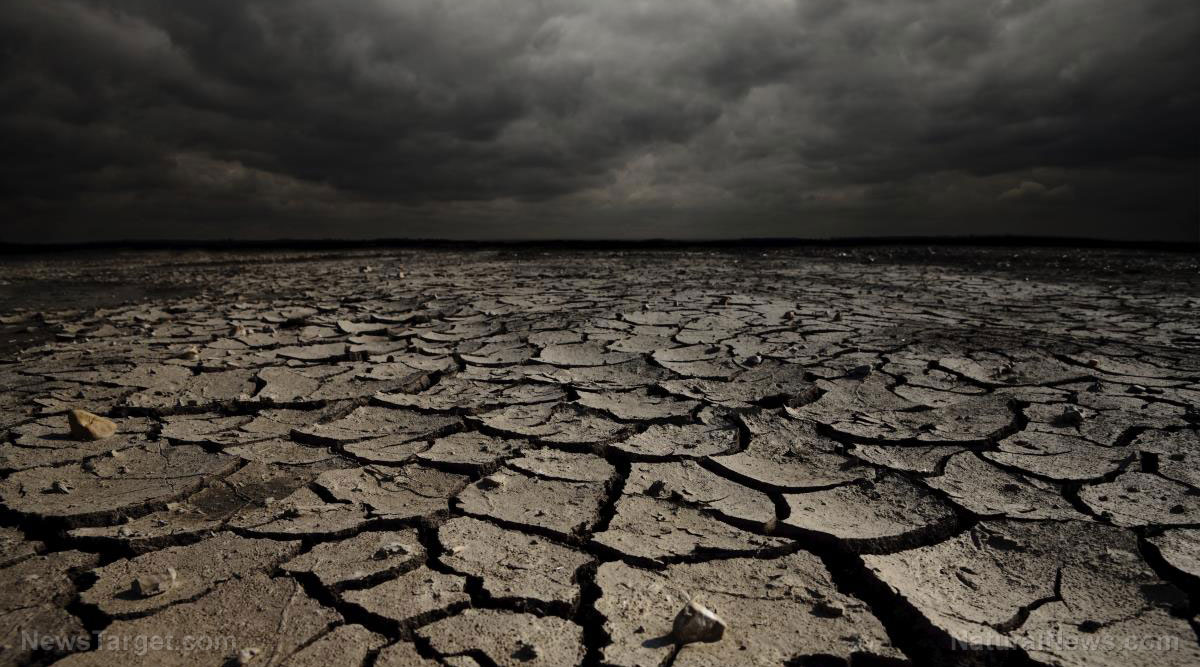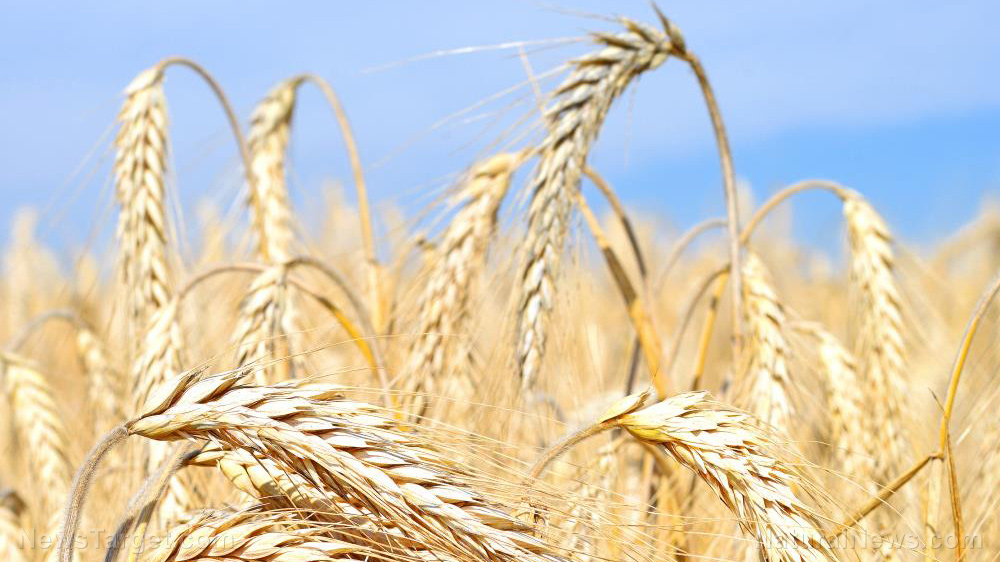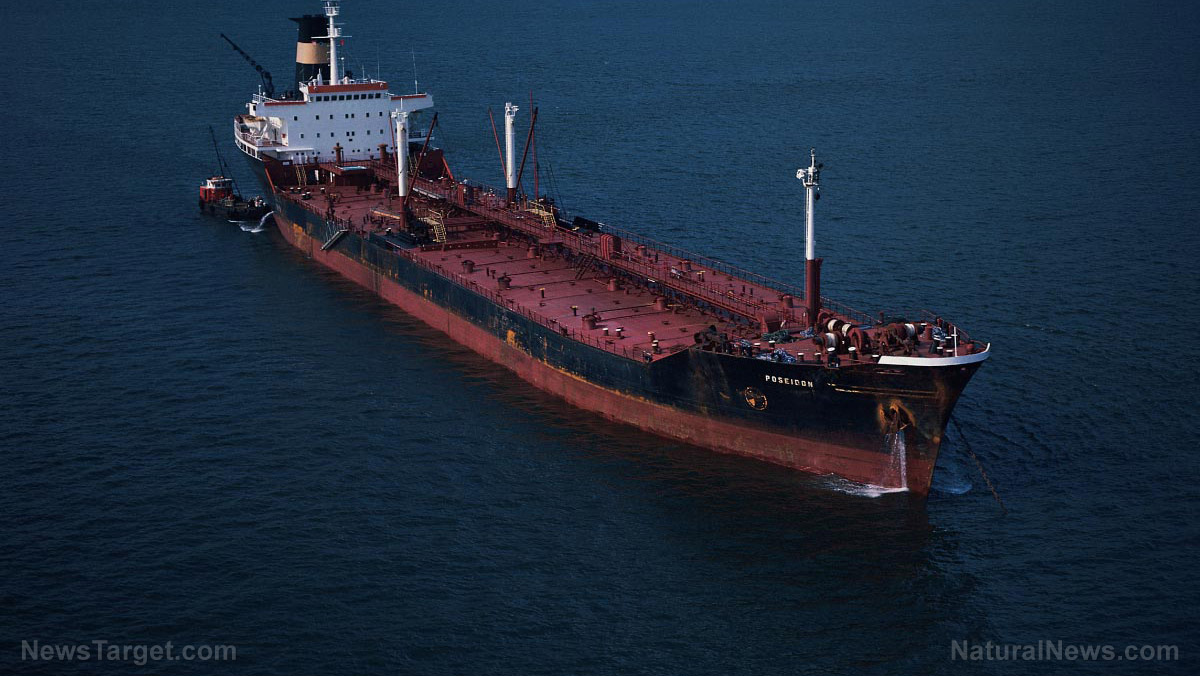
Chile suggests that water rationing will be permanent because "climate change is here to stay"
How the government of Chile will determine when to start rationing water will depend upon water deficit measurements in area rivers. If measured liters per second drop too low, water rationing will take place every four, six, or 12 days, depending. "This is the first time in history that Santiago has a water rationing plan due to the severity of climate change," Orrego said. "It's important for citizens to understand that climate change is here to stay. It's not just global, it's local." The only exemptions to Chile's water rationing plan are for areas fed by well water or sources other than the two main rivers that currently feed the city. California faces similar problems as on-and-off drought conditions have left much of the state without steady reserves. The Golden State has seen its own water rationing schemes over the years, including restrictions on which days residents can water their lawns, for instance. Perhaps the worst-hit sector there is agriculture, which faces constant challenges in getting what it needs. Many farmers throughout California have been cut off completely, even as state officials intentionally drain reservoirs into the ocean. There is always some excuse as to why California wastes so much fresh water, one of the most ludicrous being that it is necessary in order to prevent certain endangered species such as the delta smelt from going extinct. This is mostly nonsense, of course, and is merely a cover story for the engineered collapse of the water supply, which is to be blamed on "climate change." Chile and California appear to be leading the way in pushing this climate change narrative, which seeks to normalize water and other shortages as a natural consequence of a warming globe. "They have been doing the same thing here in Arizona," noted one reader at Natural News. "California has around 6 million acre-feet stored in our reservoirs and underground aquifers and they are trying to withdraw it all right now. That would mean that Arizona's allocation of water would be temporarily reduced while California sucks more from the Colorado River." "The International Boundary and Water Commission is sending emergency water to Tijuana because of a pipeline and canal that was destroyed by a 2010 earthquake. The funny part is, they immediately fixed the damage and water is STILL being sent to the Colorado Delta UNESCO Biosphere Reserve." More related news coverage can be found at Drought.news. Sources include: TheGuardian.com NaturalNews.com NaturalNews.comHeatwave destroys wheat crops in India, accelerating global food collapse
By Ethan Huff // Share
Scientists in Iceland are using genetically modified barley to create lab-grown meat
By Arsenio Toledo // Share
Actor Mark Ruffalo says Ukrainian war is a ‘gift’ for Biden to take bold climate action
By News Editors // Share
Goya Foods CEO says “we are on the precipice of a global food crisis”
By Ethan Huff // Share
The great grid decentralization: Microgrids surge as centralized power falters
By willowt // Share
The final frontier of finance: Musk teases historic SpaceX IPO
By willowt // Share
Trump administration reports record 2.5 million illegal immigrants have left U.S.
By bellecarter // Share
U.S. seizes oil tanker transporting SANCTIONED crude off Venezuela's coast
By ramontomeydw // Share
Trump administration pressures Israel to ease Syria offensive, expresses frustration toward Tel Aviv
By ramontomeydw // Share











